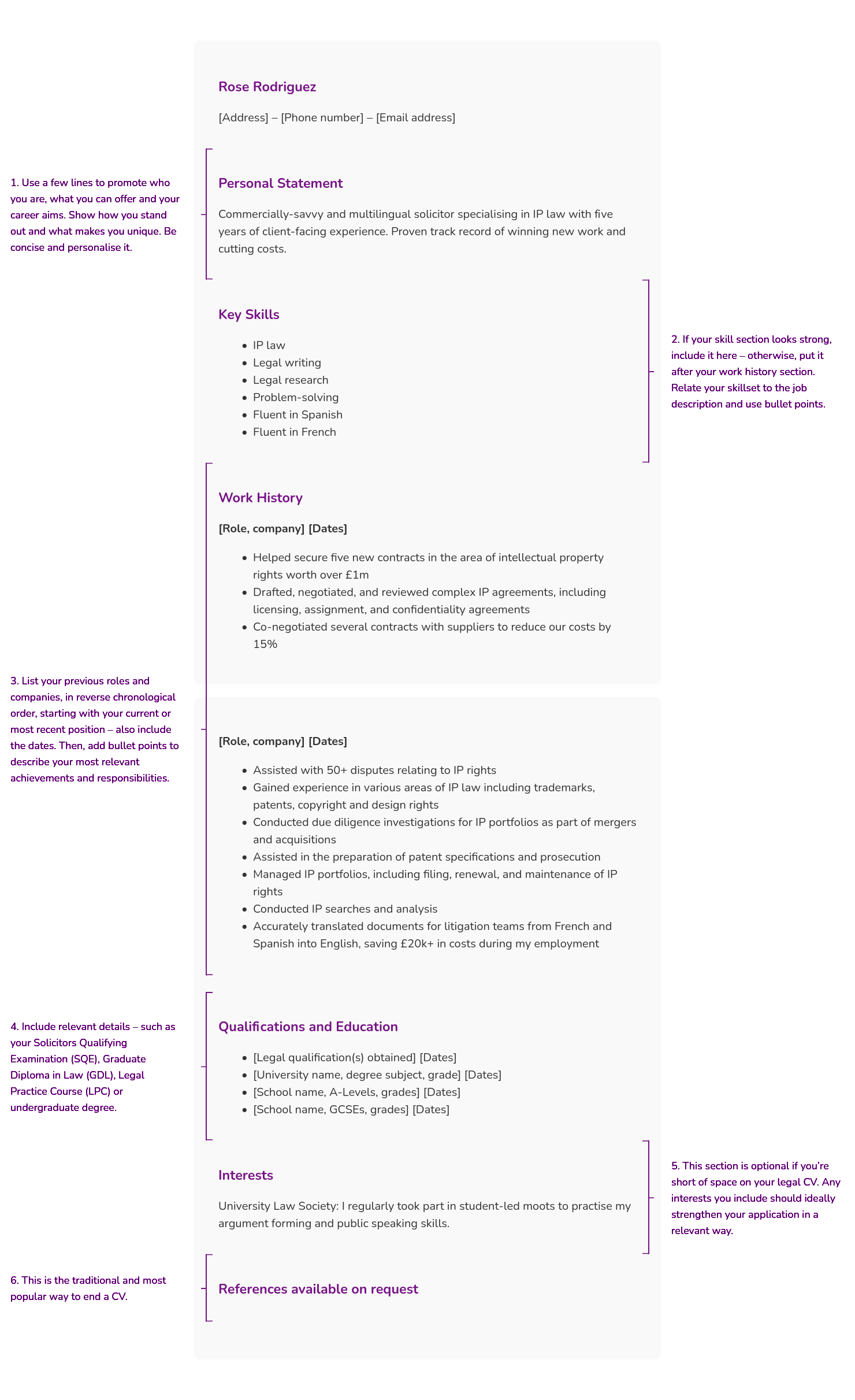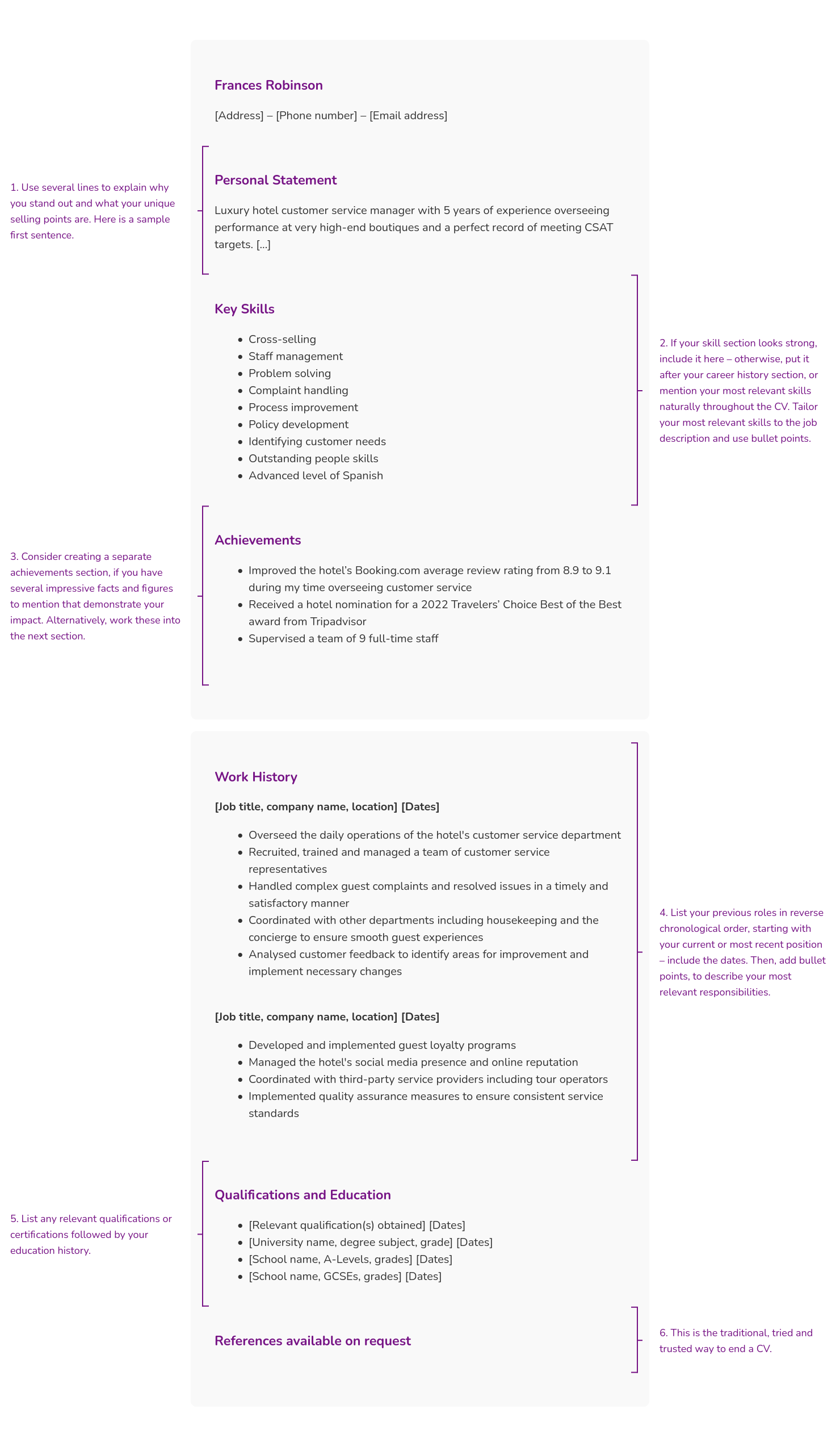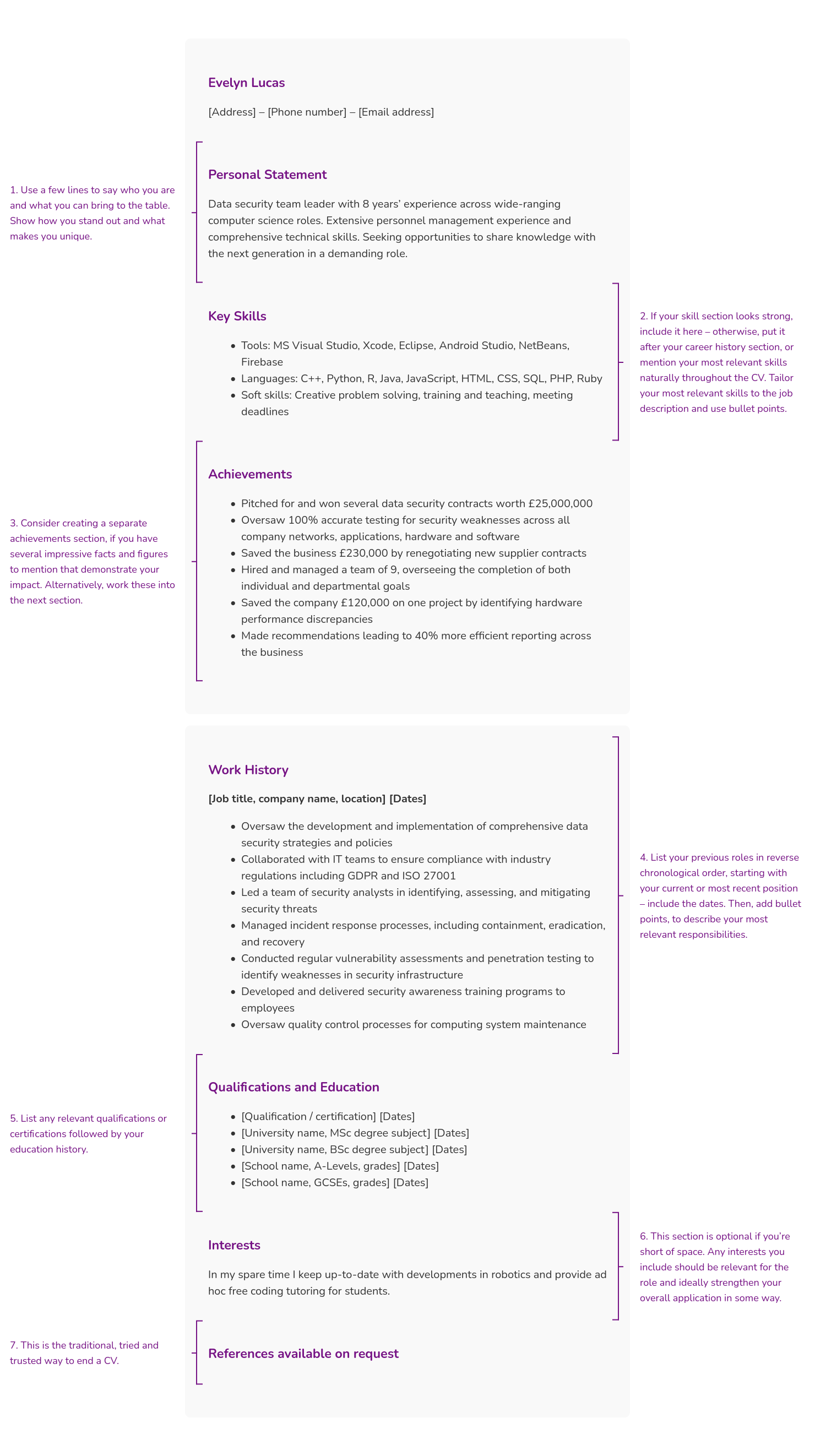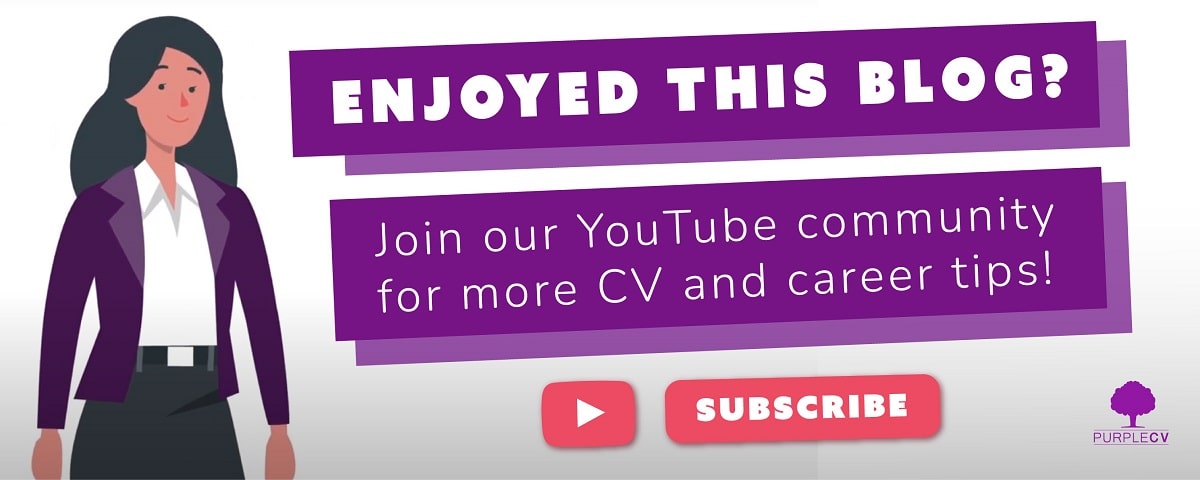A CV is still your best shot at making a strong first impression, whether you’re applying through a recruiter or a company’s website. But what does a good CV look like today?
In a world of LinkedIn profiles and AI-powered recruitment tools, you might wonder whether CVs still matter. The answer? Absolutely – especially in the UK job market.
But what makes a good CV is different from what might have worked for you a few years ago.
Employers are looking for a mix of smart content, clear design and evidence that you’re genuinely suited to the job.
Let’s break down what that looks like today – and how you can make yours stand out.
What does a good CV look like?
First things first, expectations in the UK tend to be somewhat different from those in the US or Europe.
For starters, UK CVs should be no more than two pages – and if you’re a recent graduate, one page is often enough. Conciseness is key!
Hiring managers will tell you, a short, sharp summary at the top is more useful than a long introduction, and you should focus on what’s relevant to the role you’re applying for. Not just what you’ve done in the past.
Recruiters in the UK are busy. The average recruiter spends just six to eight seconds reviewing a CV before deciding if it’s worth a closer look.
That means you need to make every word – and every section – count.
What to say: Why writing still matters
A good CV isn’t just a list of jobs – it’s your personal highlight reel.
Strong writing is vital to making your star moments shine. Focus on achievements over responsibilities.
Instead of saying you were “responsible for managing projects,” show what you actually accomplished: “Led cross-functional teams to deliver five product launches on time and under budget.”
Stats are a winner. If you can, always include numbers.
They make your impact more real and evidence-based. Headline stats might be increased revenue, time saved, or targets hit.
Do tailor your CV for each role. Many companies use applicant tracking systems (ATS) to scan CVs for keywords before a human ever sees them. In fact, 75% of recruiters now rely on these systems, according to Select Software Reviews.
That’s why using keywords from the job ad – naturally, not stuffed – gives you a better shot at making the cut.
Recruiters will become quickly fatigued by vague buzzwords like “hardworking” or “team player” unless you’re backing them up with real examples. Instead, show how you’ve made a difference.
For more detailed guidance on crafting compelling content, check out PurpleCV’s comprehensive guide on how to write a CV.
What to include: Key sections in a CV
Your CV should cover the essentials in a clear, structured way. Here’s what recruiters expect to see:
- Contact information: Include your name, professional email, phone number, and LinkedIn profile (if it’s up-to-date). No need for your full address.
- Personal statement: A short paragraph that summarises who you are, what you bring to the table, and what you’re looking for. Think of it as your “elevator pitch.”
- Work experience: Start with your most recent role and work backwards. Include your job title, company, dates, and achievements. You don’t need to list every job you’ve ever had – just what’s relevant. Note: If you’re writing a career change CV, you may choose a different structure here.
- Skills: Highlight specific tools or skills that relate to the job, such as Excel, coding languages, CRM systems or digital marketing platforms. Include transferable skills too, like communication or problem-solving, but don’t overdo it.
- Education and training: List your qualifications, starting with the most recent. Include any recent certifications, especially if they relate to tech, remote work, or industry-specific training.
- Optional extras: If you’re early in your career or changing paths, hobbies or volunteer work can show personality and transferable skills. Just make sure they add value.
A good rule of thumb: If a section doesn’t help you get an interview, it probably doesn’t need to be there.
For a handy checklist to ensure your CV includes all the necessary elements, refer to PurpleCV’s CV checklist.
What it looks like: Layout and design tips
Your CV should look as good as it reads. That doesn’t mean it needs to be flashy – quite the opposite, in fact.
A clean, professional design wins every time:
- Choose classic fonts like Arial, Calibri, or Helvetica – readability is key. Also, make use of bold text to highlight headings or job titles. White space is your friend – it makes your CV easier to skim and read. For more details, read our Best Font for CV Guidelines.
- Avoid graphics, headshots, and text boxes, which can confuse ATS software. Tools like Canva or Microsoft Word are great for creating polished, layout-friendly CVs, but make sure the final version is easy to scan both by humans and by software.
- That said, if you’re applying for a creative role – like graphic design, UX, or content marketing – you might choose to break some of these rules.
- A bold layout or splash of colour can help showcase your design flair. Just be sure to include a simpler, plain-text version too, especially if you’re submitting your CV through an online application system.
With AI-generated CVs becoming more common, some recruiters are paying heed to their clarity and authenticity.
In fact, The Times reports a growing use of psychometric tests alongside CVs to assess real-world potential. That makes having a clear, honest document even more important.
What does a good CV look like? Examples
Legal CV example

Hospitality CV example

Computer science CV example

What’s changed since the pandemic?
Arguably, the most notable shift is that remote work has made digital communication and self-management top priorities.
- Employers are on the look out for candidates who can thrive in hybrid teams, handle digital tools confidently, and stay productive without constant supervision.
- If you’ve worked remotely or managed virtual projects, don’t fail to mention it.
- There’s also a growing trend of employers checking out LinkedIn profiles, portfolios or even social media alongside CVs.
Treat your online presence as part of your application – because recruiters probably will.
Common pitfalls to avoid
Even with the best intentions, certain missteps can undermine what would otherwise be a solid CV.
- Typos and grammatical errors, for instance, won’t leave a recruiter feeling confident in your attention to detail.
- Watch out for overly long personal statements, which may cause readers to lose interest before reaching your key qualifications.
- Not tailoring your CV to the specific job description can result in missed opportunities, as generic applications often fail to resonate.
- Additionally, unexplained gaps in employment history can raise red flags; it’s better to briefly address them than leave them to speculation.
- Incorporating keywords from the job posting is crucial, especially with the prevalence of ATS.
- However, and this is worth keeping front-of-mind, overloading your CV with buzzwords without substantiating them with concrete examples can make your application seem insincere (or be strange to read).
For more insights into what to include and what to omit, explore PurpleCV’s article on what to put in a CV (and what to leave out).
Need some 1:1 coaching?
Learn from seasoned industry experts with our 1-on-1 Coaching service!
- Access to your own coaching expert
- Sessions available at short notice
- All industries covered


Final thoughts: What does a good CV look like?
We hope you found this guide useful. We also recommend reading this – other ways to say please find attached my CV.
A good CV is tailored, results-focused, and easy to read – both by recruiters and the software that screens them.
Think of your CV as a living document. Update it regularly, especially after big wins or new experiences.
It’s much easier to keep it current, rather than return to it every year or two. If you’re ready to refresh your CV or unsure where to start, we’re here to help.
And once you’re happy with your CV – from tailored career coaching to targeted interview coaching and everything in between, no matter what you need, our 1:1 career coaching services have you covered.
Whether you’re applying for your first job or aiming for the next big step in your career, a sharp CV is still your most powerful tool. Contact us today to make use of PurpleCV’s CV writing services to create a document that helps you achieve the next step in your career.


